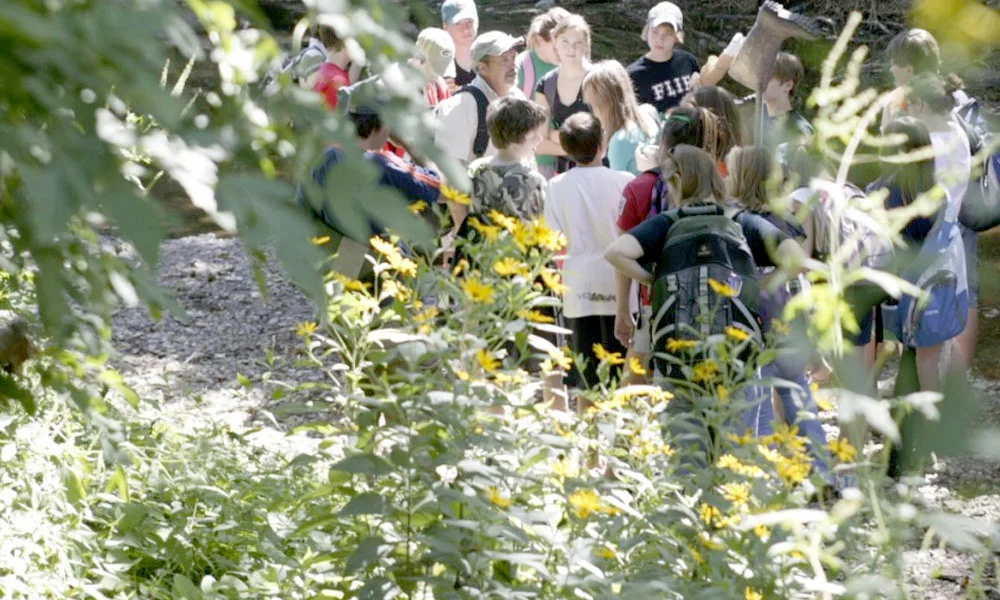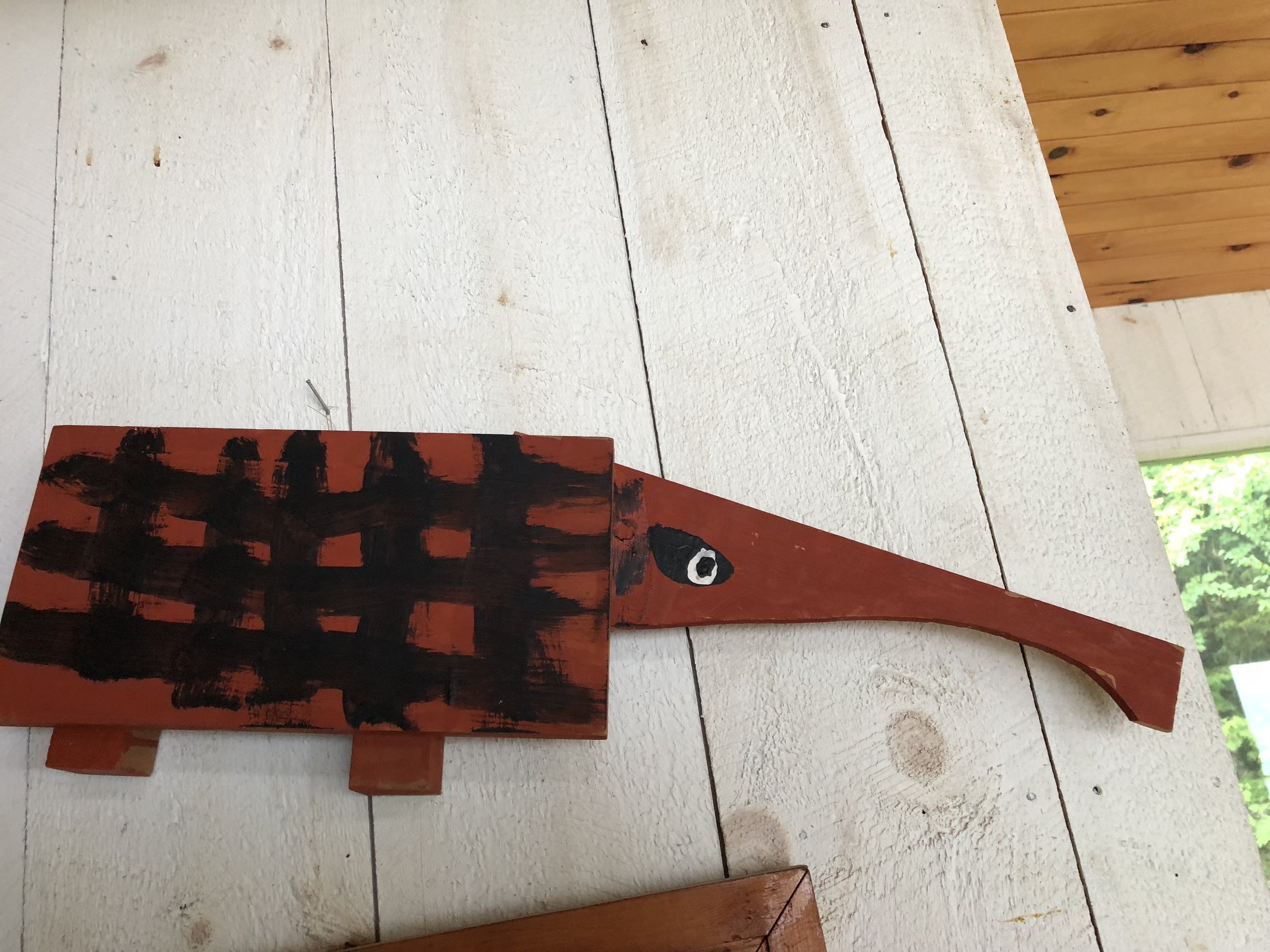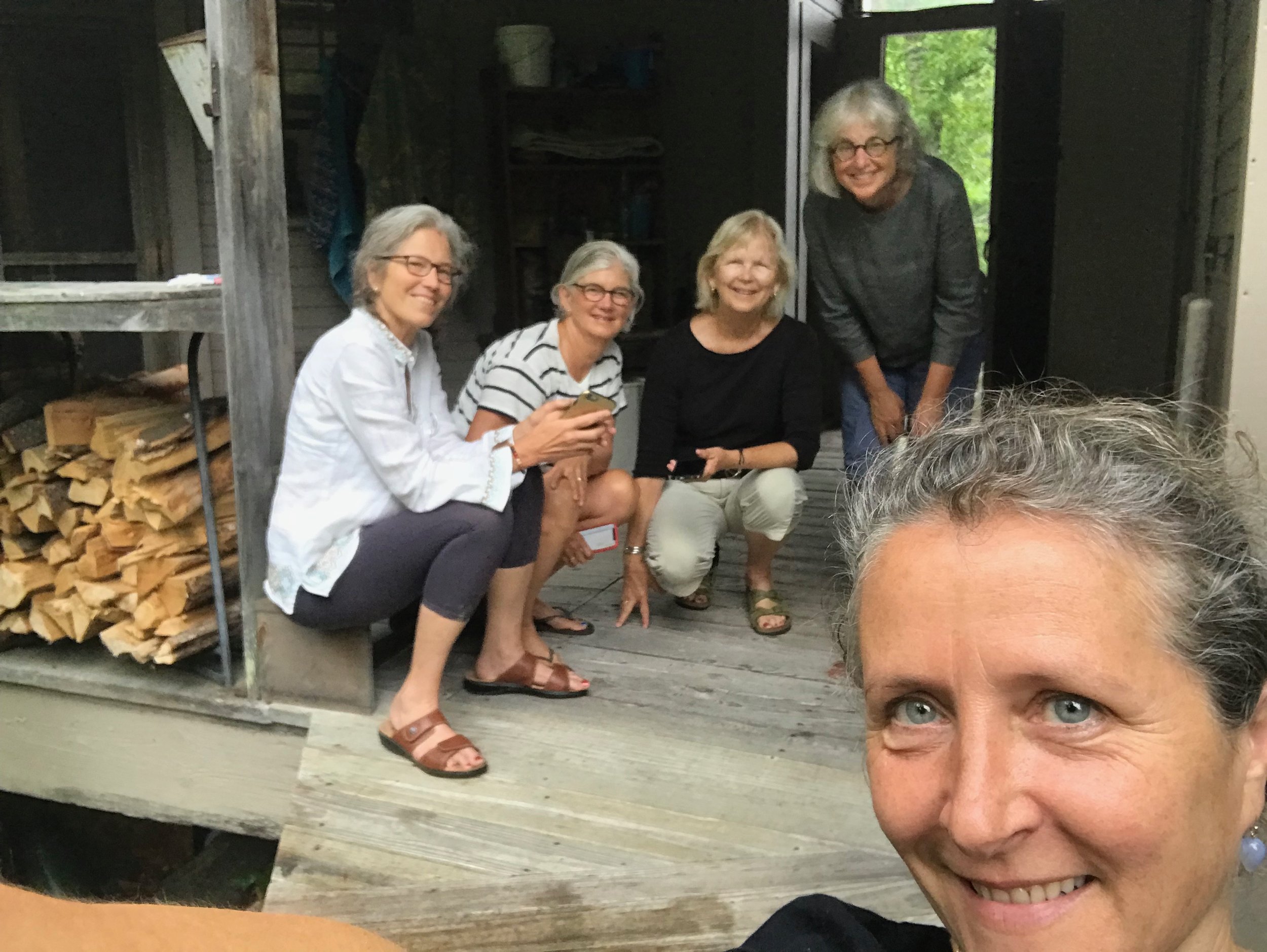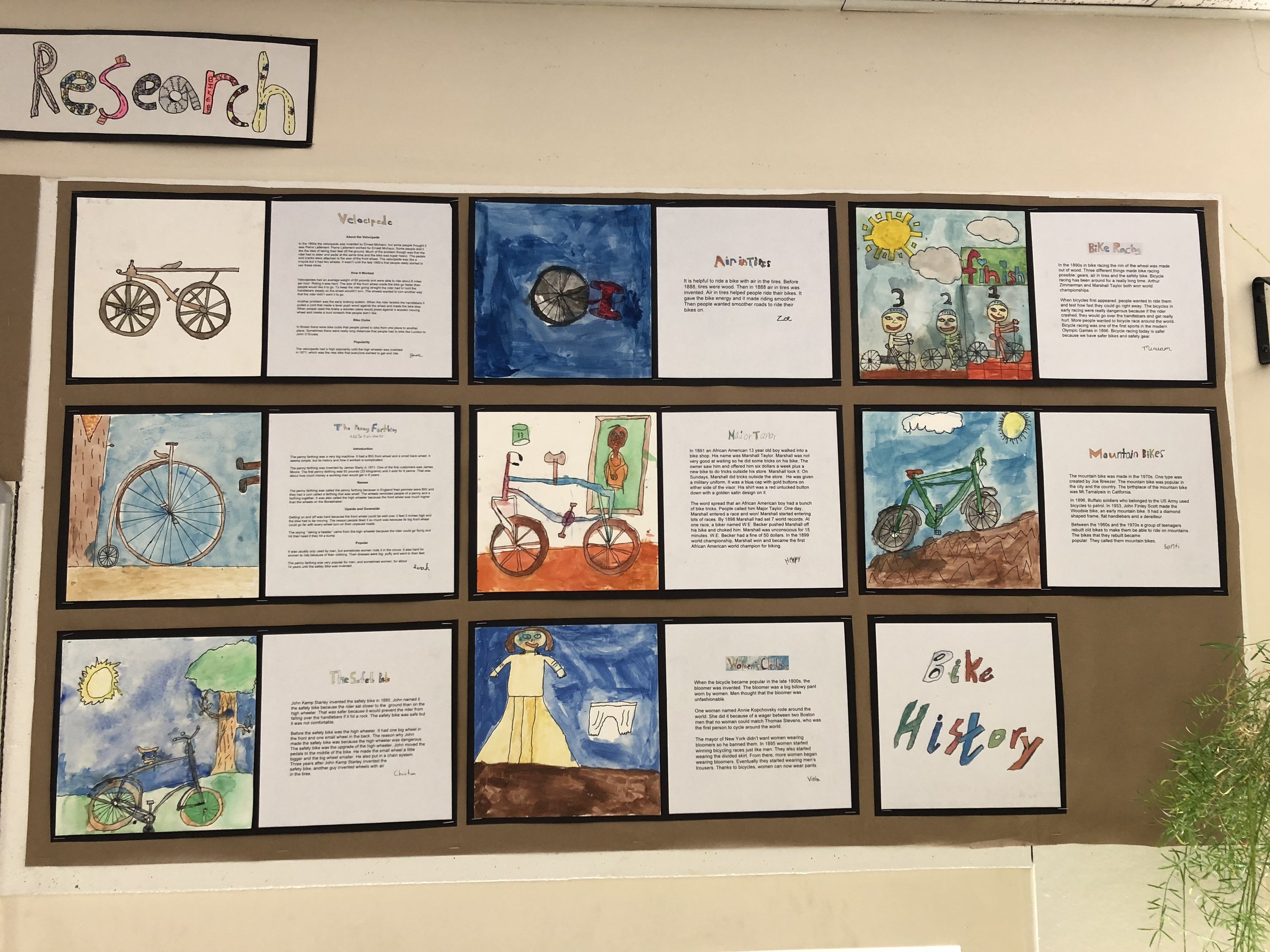Mural in the Diana School, Reggio Emilia, the year that we lived there.
Twenty-seven years ago this August my family and I were headed to Italy to live for the whole year in Reggio Emilia. My son, Alden, now 38, was was 11, and Christopher, now 35, was 8. That is a long time ago. However, none of us has ever been the same after living abroad for a year, speaking a new language, being immersed in a very different culture, and making our way in a place where most everything was new.
One of the lovely things about living in Italy is that exuberance is the norm and aesthetics are paramount...in food, in design, in culture, in the way that life is lived in time and space. I have a memory of an article in the Christian Science Monitor that I read many years ago, in fact, in 1991, the year we left for Italy. In this article, Ann Taylor, on sabbatical in Florence with her husband and two young children, describes a moment when one of her children helps her stop and enjoy the beauty and the moment by saying, "Che bello, questo momentino." How lovely, this little moment. The author is brought out of her own planning, reviewing and thinking to the moment before the three of them and the beauty of the Italian countryside outside of Florence in the spring.
Chris, Alden and Ashley biking in the countryside outside Reggio Emilia.
That phrase has stayed with me all these years. It brings me back to my own sabbatical of sorts as a fellow in the early childhood schools of Reggio Emilia, Italy and the challenge and pleasure of living there as a family. It reminds me of the way of living in a more spacious way, in a way that is more gracious and conscious of the aesthetics in every moment that is found in Italy. It is a beautiful example of the sweetness, curiosity, and presence of young children and how we learn from them and alongside them. It reminds me that aesthetics is also tied to presence and authenticity, and simplicity and truth.
This echoes the transcendentalist view of the triad of truth, beauty and goodness. Where there is one, the other two are present also. Its like a puzzle or a Zen koan. Where there is beauty, look for truth and look for goodness. Where there is good, look for beauty and truth. Where there is truth, look for beauty and goodness. This is ethics 101.
In Reggio Emilia, ethics are tied to aesthetics and poetics. In her book, Art and Creativity in Reggio Emilia, Vea Vecchi writes a chapter entitled "The Ethical Community," where she speaks of the democracy that the Reggio approach upholds and sustains in part through integral and meaningful connections and contributions to families and to the community. For example, in The Theater Curtain project, five and six year old children are commissioned to design the central image for a curtain for one of the oldest theaters in the town.
In her book and in her life's work, one of Vea's most important messages is that aesthetic and poetic ways of knowing and understanding make for more complete and rich knowledge. Learning devoid of imagination, creativity, beauty, metaphor, wonder is incomplete and impoverished. Vea makes it clear that this way of learning and being in the world is an antidote, a protection, a stance against indifference and violence. This is a bold statement. Watch Vea speak about it here.
This is a powerful belief for us to live by and stand by in our lives and in our schools...that creativity and imagination, arts and joy, exuberance and meaning, these all contribute to rich learning and also to our ethical, good, and true way of living and being in the world. Let the new school year begin with beauty, truth, goodness, and joy.
Drawing before Breakfast, by Louise.



























